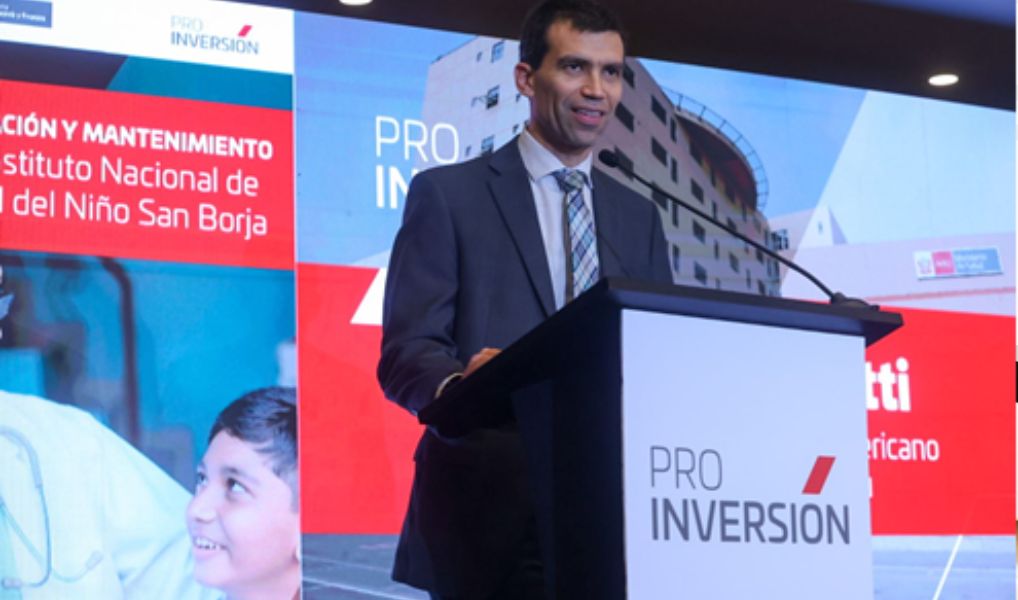Peru is advancing in hospital infrastructure with public-private investments aimed at closing gaps and reactivating economic growth. Health is transitioning from being an expense to becoming a driver of development. This is the perspective of the Inter-American Development Bank (IDB), which has recognized Peru’s progress in health projects under the Public-Private Partnership (PPP) model, a formula that combines business efficiency with social commitment. During the presentation of the operation and maintenance project for the National Children’s Health Institute of San Borja, IDB economist Javier Beverinotti highlighted that Peru has been a pioneer in implementing PPPs in health in Latin America. Examples include the Guillermo Kaelin de la Fuente Hospital in Villa María del Triunfo and the Alberto Barton Hospital in Callao, which provide medical care to over 250,000 people with top-tier facilities and more than 200 beds, all under a mixed management model. For 2024, the commitment continues with contracts signed for two new high-complexity hospitals in Piura and Chimbote, with an investment of $322 million. Both projects are technically supported by the IDB and aim to close access gaps in critical areas of the country. The PPP model allows for private financing, technical capacity, and international standards in the execution of public works, especially in sectors like health, where needs are urgent and the state’s budgetary limitations are evident. “A nation’s development requires the joint effort of the public and private sectors. State intervention alone is not enough,” stated Beverinotti, who emphasized the importance of continuing to promote private investment in social infrastructure to improve the business environment, accelerate economic recovery, and ensure more equitable and sustainable growth. Beyond the numbers, the public-private partnership in health represents an opportunity to strengthen local capacities, generate employment, energize suppliers, and, above all, improve the quality of life for millions of Peruvians.
— new from Revista Economía
